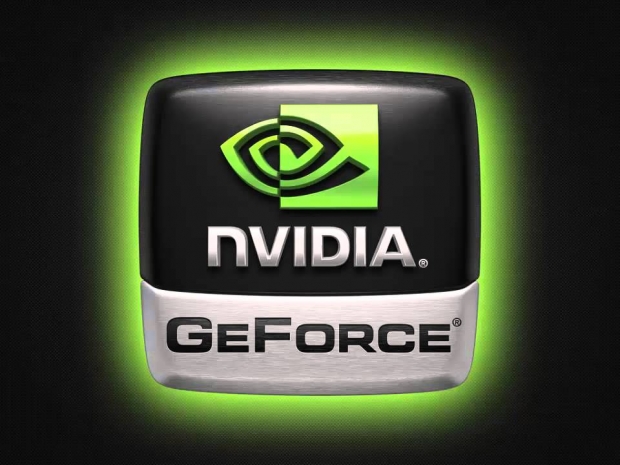ASUS, Gigabyte and MSI will be showcasing their Pascal-based cards at Computex 2016 and expect to increase their shipments in July 2016, according to the sources.
The sources have pointed out that the GPU market overall continues to see weak demand in the first half of the year, and GPU shipments in Q2 (April – June) are expected to drop 10 percent from Q1 (January – March). With increasing demand from high-end gaming and virtual reality (VR) markets, however, the sources are confident that Nvidia’s higher-end GPUs could see strong performance this year. Other than that, they expect worldwide GPU shipments for the whole year to remain mostly flat.
The company’s Pascal architecture is based on TSMC’s 16-nanometer FinFET process, and the new GP100 core uses 15.3 billion transistors in a 610mm2 package size. There are at least another 135 billion transistors spread across HBM2 memory dies, bringing the total transistor count to around 150 billion.
Nvidia is using 64 CUDA cores per streaming multiprocessor (SM) unit but has decided to disable four of them with GP100, so we are looking at 3,584 cores out of a total 3,840. First-generation Pascal will also offer 94 percent bandwidth efficiency over the new NVLINK interconnect with speeds up to 160GB/s between GPUs.
Geforce Pascal naming format still unknown
We should have more information from launch partners during the week of Computex, including information regarding the naming scheme for Nvidia’s next-generation Geforce product lineup. Don’t place any bets just yet on “Geforce 1080” or “Geforce X80,” as Nvidia has told us their product names are subject to change “all the way up until the day before announcement.”

